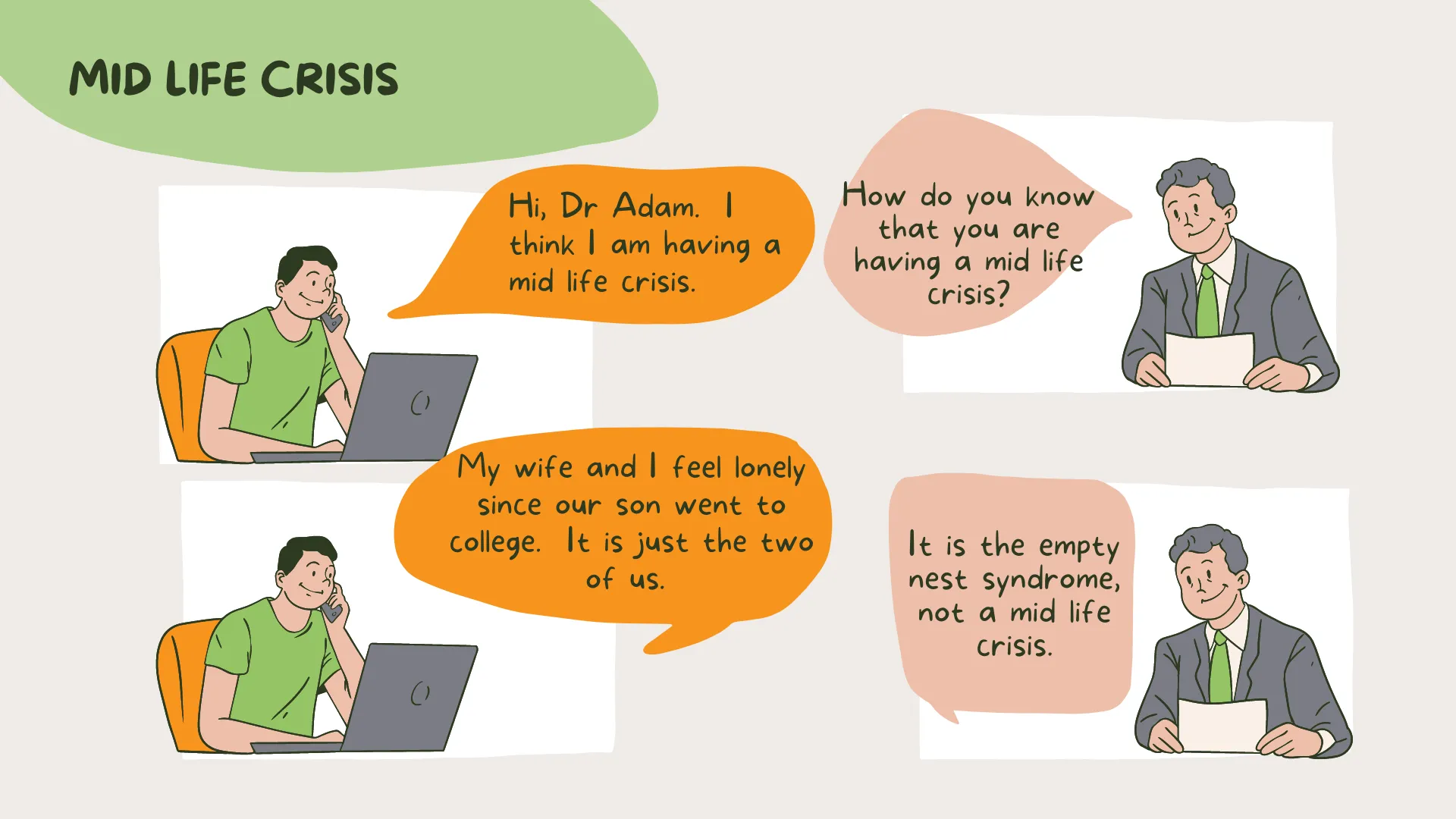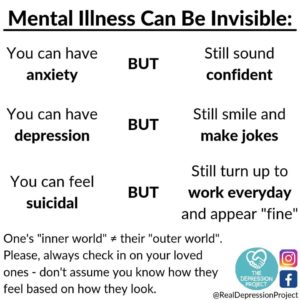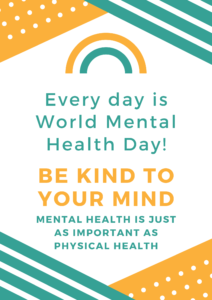My colleague (you know who you are) and I brainstormed our classroom instruction last year. It is an experiment. However, since the course that I teach is offered alternately (ONLY in semester 1), I did not get to collect data for two consecutive semesters, unlike my colleague. She teach an undergraduate course which is offered on every semester. So, the data collection for our mini research is incomplete due to the way my course is offered.
Alhamdulillah, we had a post mortem a few months ago about the instruction and what can be improved. This is one of the things that I will do in my class.

For the students who really want to learn about this course, please be prepared with the assignments. Unlike previous semester which I instructed students to find existing comics and they just analysed the issues etc., but this semester, the instruction is different.
Students need to identify issue(s) related to a specific stage of development. Then they have to describe the issue(s) by relating it to relevant theories (this involves their HOTs which are analysis and evaluating skills). Then they have to craft/create a comic using the issue(s) using Canva (or any other platform) (this involves their HOTs which is creating skills). There. The highest level of Bloom’s taxonomy. What we want is our graduates to be independent, creative, analytical etc. thinker, right? (tongue in cheek remark!)








